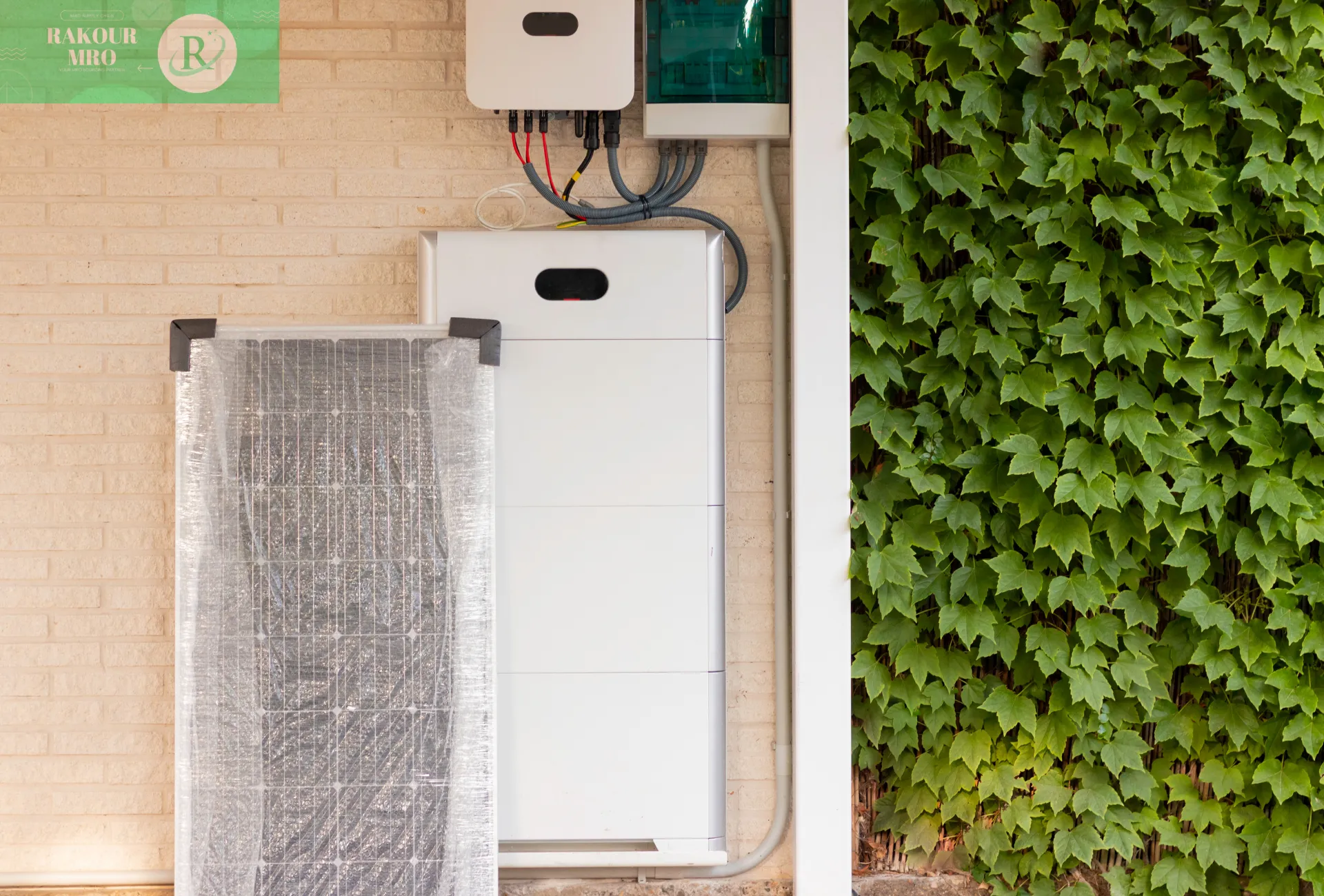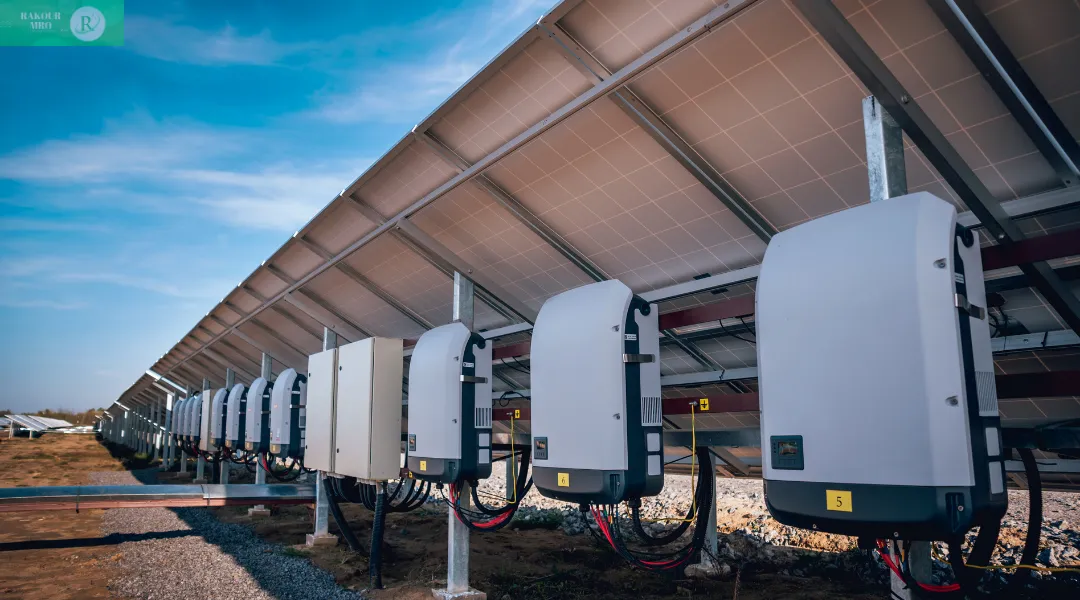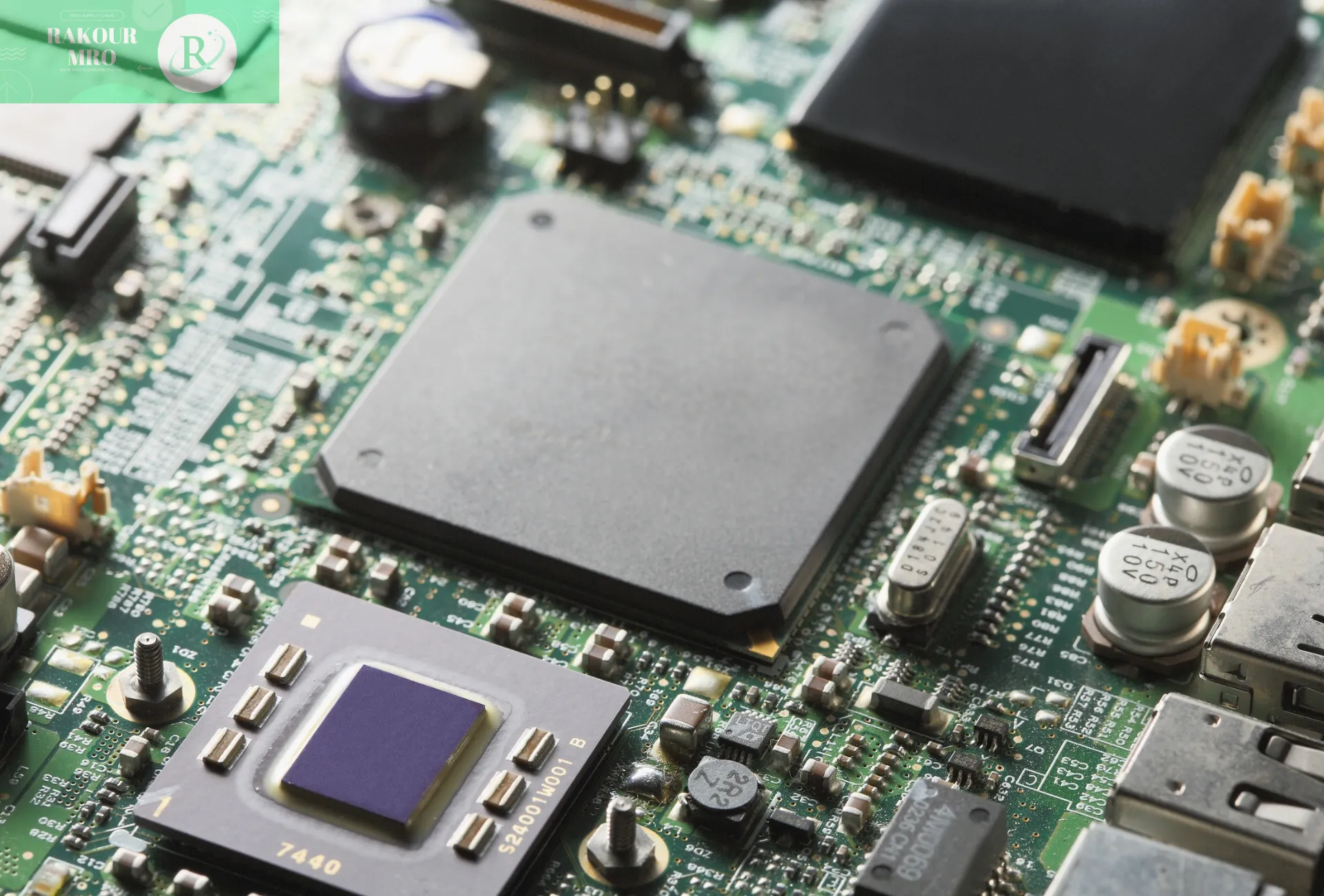The Rise of Lithium: Why LiFePO4 Dominates Off-Grid Solar Batteries
The landscape of off-grid solar batteries has been transformed by lithium-based technologies, with Lithium Iron Phosphate (LiFePO4) emerging as the premier choice. Unlike traditional lead-acid batteries, LiFePO4 lithium battery options offer significantly longer cycle life, typically ranging from 2,000 to 5,000 cycles at 80-100% depth of discharge compared to just 400-600 cycles for lead-acid batteries. This translates to a much longer useful lifespan, making them a cost-effective investment despite their higher initial price point.
Safety and stability are another major advantage of LiFePO4 chemistry. These batteries maintain stable performance under high temperatures and are less prone to thermal runaway compared to other lithium varieties like NMC. For off-grid applications where reliability is paramount, this enhanced safety profile makes LiFePO4 the preferred lithium battery technology. Additionally, their higher energy density means more storage capacity in less space, and they require virtually no maintenance compared to their lead-acid counterparts.
The performance benefits are particularly evident in solar applications. LiFePO4 batteries can achieve 95-98% efficiency, significantly higher than the 80-85% typical of lead-acid batteries. This means more of the solar energy you capture actually powers your devices rather than being lost in conversion. With their ability to handle deeper discharges without damage, LiFePO4 off-grid solar batteries maximize the utility of your stored energy.
Table: Comparison of Battery Technologies for Solar Applications
| Specification | Lead-Acid | LiFePO4 | NMC Lithium |
|---|---|---|---|
| Cycle Life (100% DOD) | 400-600 | 2000-5000 | 1000-2000 |
| Weight | Heavy | Light | Medium |
| Efficiency (%) | 80-85 | 95-98 | 90-95 |
| Maintenance Required | High | Low | Low |
| Depth of Discharge | 50% recommended | 80-100% recommended | 80-90% recommended |
Top Off-Grid Solar Battery Brands and Market Leaders for 2026

The market for off-grid solar batteries features established leaders and emerging innovators. According to industry analyses, several companies have distinguished themselves in the off-grid solar batteries space, with EnerSys maintaining its position as a global leader, followed closely by Samsung SDI, LG, Sonnen, and Fronius . These top five players collectively account for approximately 47% of the global off-grid energy storage system revenue, demonstrating their market dominance and technological expertise.
In the residential segment, Tesla Powerwall has established a significant presence, capturing about 25% of the market in key regions like the UK. Their integrated systems and smart energy management capabilities have made them a popular choice for homeowners seeking comprehensive off-grid solar batteries solutions. Meanwhile, Chinese manufacturers like BYD and CATL are expanding their global footprint through strategic partnerships and local projects.
For those seeking specialized off-grid solar batteries solutions, companies like RedEarth and Renogy offer products specifically designed for autonomous power systems. Redway Power specializes in lithium battery technology optimized for solar applications, incorporating sophisticated Battery Management Systems (BMS) and thermal protection to ensure reliable performance across various climates. These specialized manufacturers often provide more customizable solutions tailored to specific off-grid requirements.
The competitive landscape continues to evolve as established battery manufacturers like Panasonic, Toshiba, and Mitsubishi Heavy Industries bring their expertise to the microgrid and off-grid storage market. This convergence of consumer electronics, automotive, and energy storage technologies is driving rapid innovation in off-grid solar batteries, offering consumers more choices and better performance each year.
Critical Selection Criteria: Choosing the Right Off-Grid Solar Battery
Selecting the appropriate lithium battery for your off-grid system requires careful consideration of several technical factors beyond just brand reputation. Battery capacity and voltage form the foundation of your system design. For smaller setups, 12V off-grid solar batteries remain popular and versatile, easily configured in series or parallel to meet higher voltage or capacity needs. Capacity requirements should be calculated based on your daily energy consumption with adequate reserve for cloudy periods.
The battery management system (BMS) is arguably the most critical component in a modern lithium battery for off-grid use. A robust BMS provides essential protection against overcharging, deep discharge, temperature extremes, and short circuits. When evaluating off-grid solar batteries, prioritize models with comprehensive BMS protection that includes thermal management, cell balancing, and status monitoring capabilities to ensure both safety and longevity.
Cycle life and depth of discharge directly impact the long-term value proposition of your off-grid solar batteries. While a LiFePO4 lithium battery typically delivers 2,000-5,000 cycles, the exact number depends on how deeply you regularly discharge them. Fortunately, LiFePO4 chemistry allows consistent discharge up to 80-100% without significantly degrading lifespan, unlike lead-acid batteries that may tolerate only 50% depth of discharge for optimal longevity.
Consider temperature performance and compatibility with your existing system. Off-grid installations often face extreme temperature variations that impact battery performance. While LiFePO4 off-grid solar batteries generally offer better thermal stability than alternatives, very low temperatures can still reduce their effective capacity and charging efficiency. Ensure your lithium battery choice includes appropriate thermal protection and is compatible with your solar charge controller’s charging algorithms for optimal performance.
Future Trends and Innovations in Off-Grid Solar Battery Technology
The off-grid solar batteries market is poised for significant evolution as we approach 2026, driven by both technological advancements and changing market dynamics. The global off-grid solar system market is projected to grow from approximately 36 billion RMB in 2023 to nearly 75 billion RMB by 2030, representing a compound annual growth rate of 11.1% . This expansion will likely accelerate innovation and competition in the lithium battery space for solar applications.
Emerging battery technologies beyond current LiFePO4 solutions are showing promise for future off-grid applications. Solid-state batteries are gaining research attention for their potential to offer higher energy density and enhanced safety . Meanwhile, flow batteries are being developed for longer-duration storage applications, potentially complementing standard lithium battery installations in complex off-grid systems where both short-term and long-term storage are needed.
Integration and smart management capabilities represent another frontier for off-grid solar batteries. Technologies like Virtual Power Plant (VPP) readiness are already being incorporated into systems like those from EVO Power, which feature SwitchDrop droplet controllers for advanced energy monitoring and management . As we move toward 2026, expect more off-grid solar batteries to incorporate grid-interactive capabilities, allowing hybrid systems to participate in energy markets when connected to the grid while maintaining off-grid resilience.
Supply chain and manufacturing innovations are also shaping the future of lithium battery production for solar applications. With multiple governments implementing national battery strategies to build domestic supply chains , production scalability and cost reductions are expected to continue. These developments, combined with potential breakthroughs in battery chemistry and manufacturing processes, suggest that off-grid solar batteries will become increasingly accessible and efficient through 2026 and beyond.
Conclusion
Selecting the right off-grid solar batteries is a critical decision that determines the efficiency, reliability, and longevity of your independent power system. As we’ve explored, LiFePO4 lithium battery technology currently offers the best combination of cycle life, safety, and performance for most off-grid applications, with leading brands like EnerSys, Tesla, and specialized manufacturers offering increasingly sophisticated solutions. By carefully considering your energy needs, evaluating battery specifications against the selection criteria outlined, and staying informed about emerging technologies, you can implement an off-grid power system that provides years of clean, reliable electricity. The evolving landscape of off-grid solar batteries promises even more efficient and affordable options as we move toward 2026, making sustainable energy independence an increasingly attainable goal for more people worldwide.










